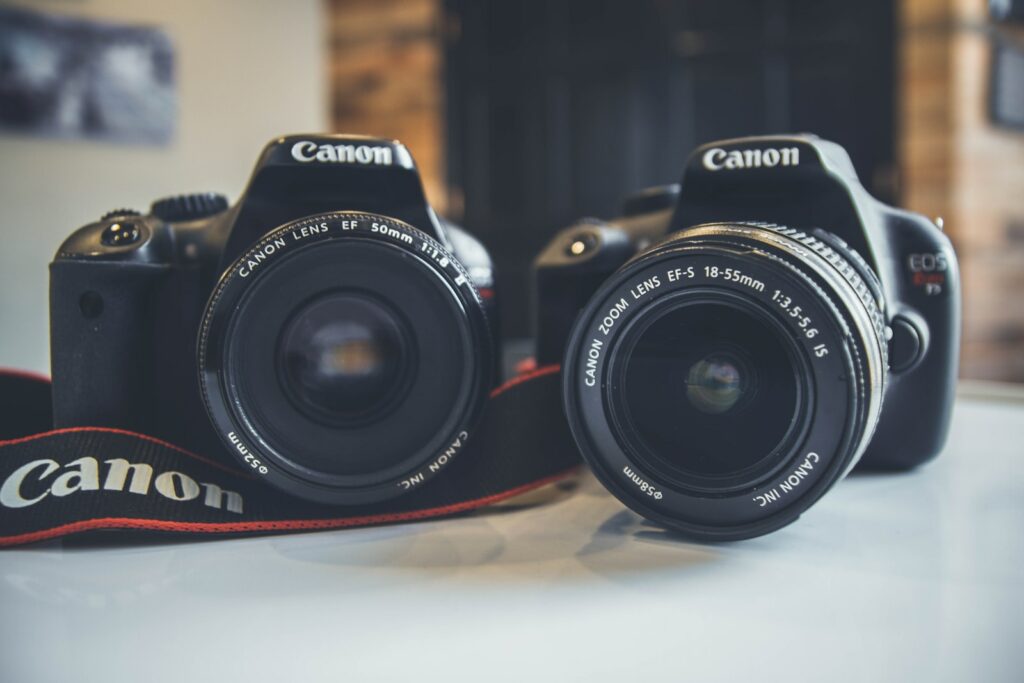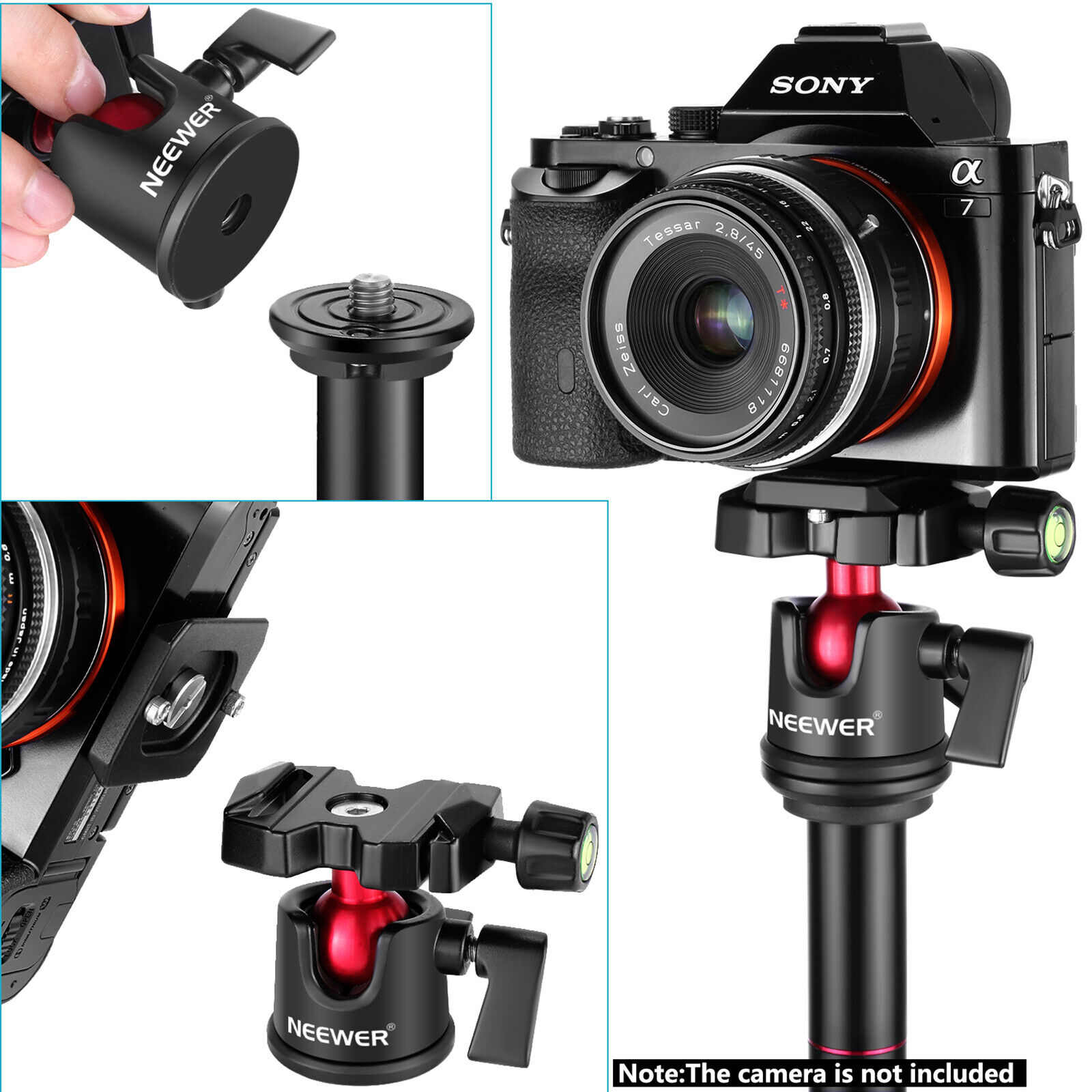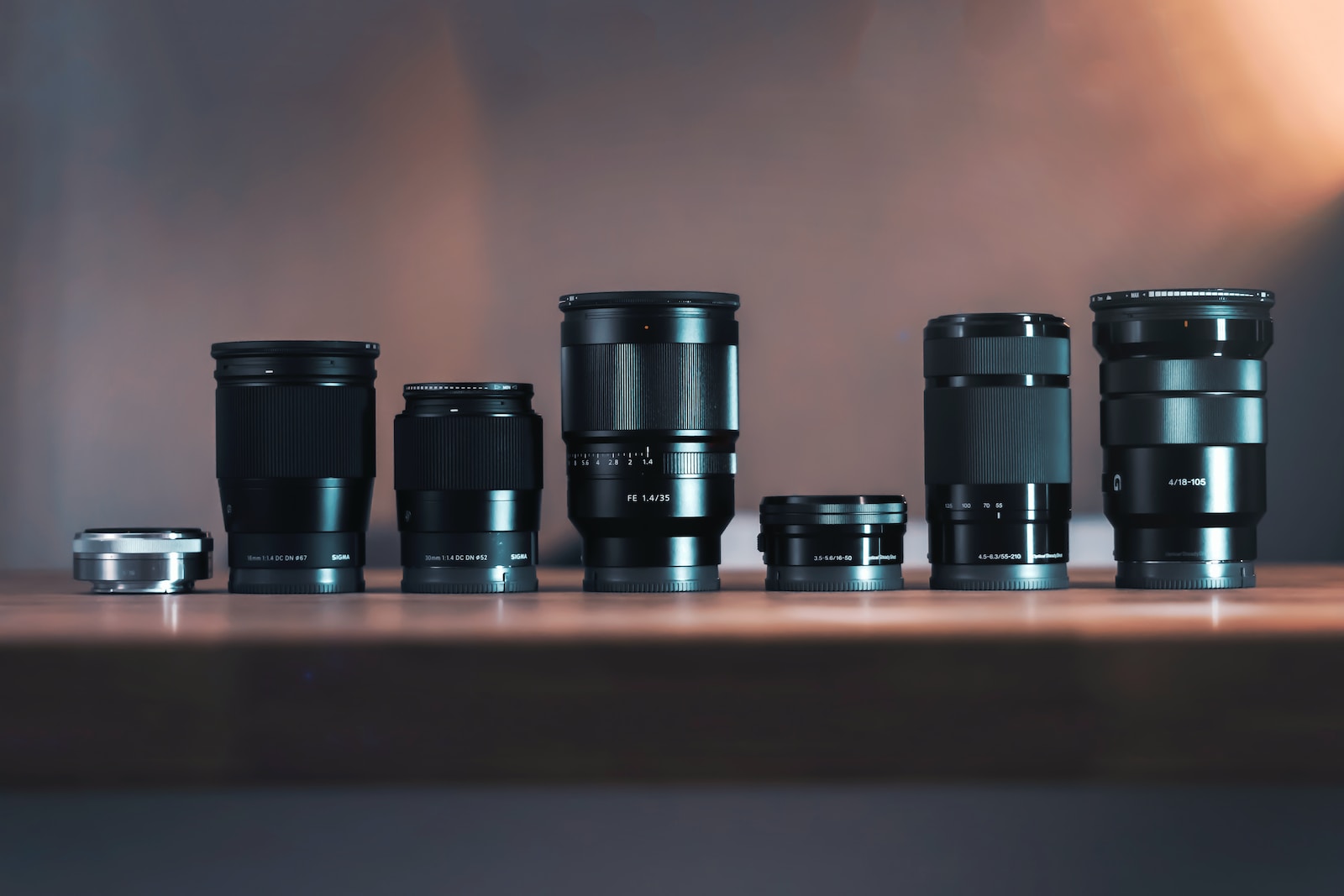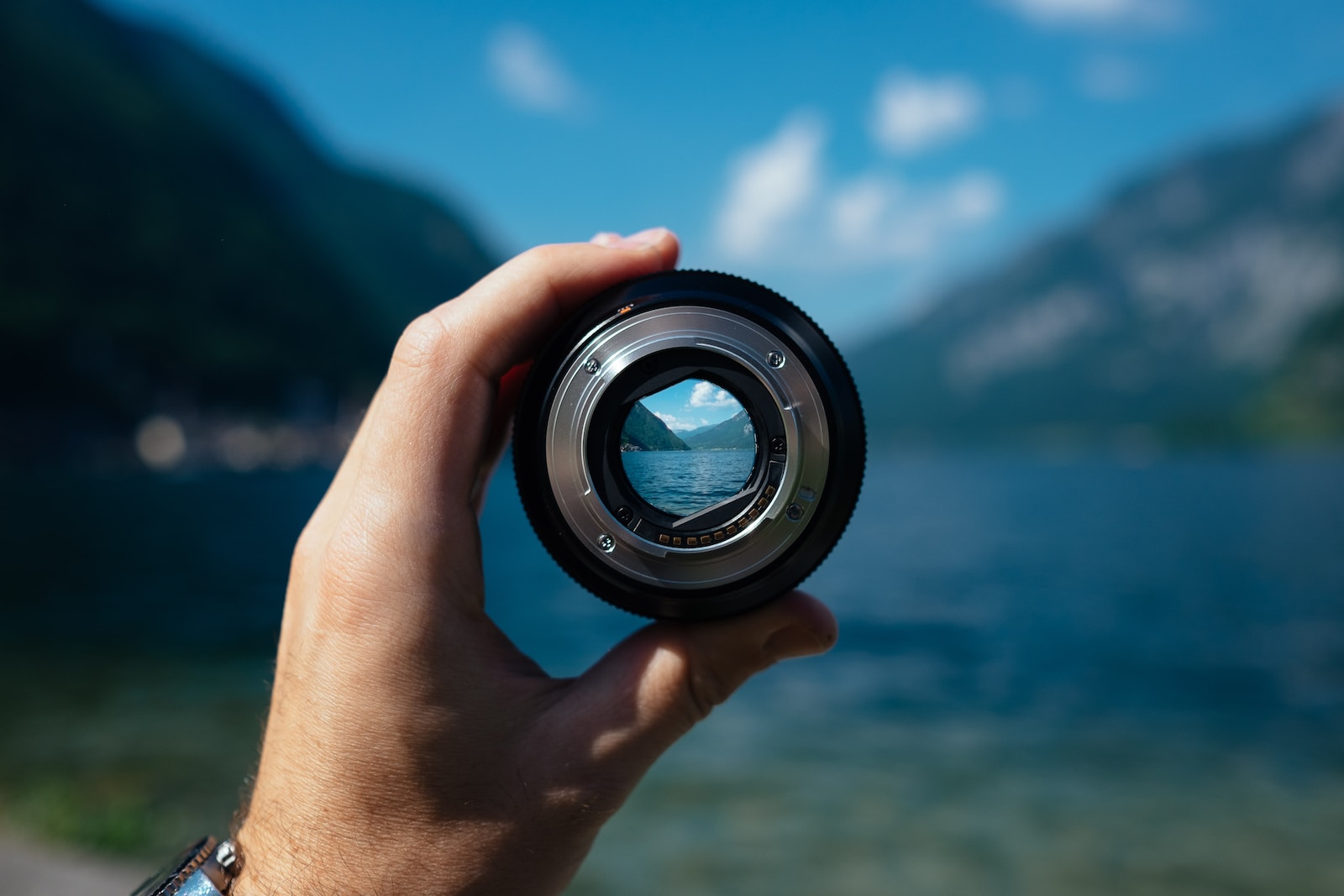Welcome to our blog where we dive deep into the world of photography lenses! If you’re a photography enthusiast looking to up your game, then this blog is for you. In this article, we will be comparing the two most popular types of lenses – prime lenses and zoom lenses. Whether you’re a beginner or a professional, understanding the differences between these two lens types will help you make informed decisions when it comes to your photography gear. Let’s get started!
Table of Contents
- The Versatility of Prime Lenses
- The Flexibility of Zoom Lenses
- Choosing the Right Lens for You
- Prime Lenses Vs Zoom Lenses: A Comprehensive Comparison
- Frequently Asked Questions
- 1. What are prime lenses and zoom lenses?
- 2. What are the advantages of prime lenses?
- 3. What are the advantages of zoom lenses?
- 4. When should I use a prime lens?
- 5. When should I use a zoom lens?
- 6. Which type of lens should I choose for landscape photography?
- 7. Can I achieve shallow depth of field with zoom lenses?
- 8. Are prime lenses more expensive than zoom lenses?
- 9. Can I use prime lenses for video recording?
- Wrap Up
The Versatility of Prime Lenses
Prime lenses, also known as fixed focal length lenses, offer a range of advantages that make them a popular choice among photographers. One of the main benefits of prime lenses is their exceptional image quality. With a fixed focal length, these lenses are designed to deliver sharpness and clarity, resulting in stunningly detailed photos. Moreover, prime lenses often have wider maximum apertures, allowing for better low-light performance and beautiful bokeh effects. Additionally, prime lenses tend to be smaller, lighter, and less expensive than their zoom lens counterparts.
When to Use Prime Lenses?
Although prime lenses have their pros, they also come with limitations. Due to their fixed focal length, prime lenses lack the flexibility of zoom lenses. This means that you will need to physically move closer to or farther away from your subject in order to change your composition. Prime lenses are ideal for situations where you have control over your shooting environment or need to achieve shallow depth of field. They are particularly popular among portrait photographers and those who specialize in specific genres of photography, such as landscape or macro.
The Flexibility of Zoom Lenses
Unlike prime lenses, zoom lenses offer a range of focal lengths within a single lens. This versatility makes them a go-to choice for many photographers. With zoom lenses, you can quickly and easily adjust your composition without having to physically move. Whether you want to capture a wide-angle landscape shot or zoom in to capture a close-up of a distant subject, zoom lenses provide the convenience and flexibility you need. They are especially useful for capturing fast-paced events or subjects that are hard to reach.
When to Use Zoom Lenses?
Zoom lenses excel in situations where you need the versatility to quickly adapt to different shooting scenarios. They are particularly useful for travel photography, wildlife photography, and documentary-style photography. With a zoom lens, you can capture a variety of perspectives without the need to change lenses or miss important moments. However, it’s important to note that zoom lenses often have smaller maximum apertures compared to prime lenses, which can affect low-light performance and background blur.
Choosing the Right Lens for You
Ultimately, the decision between prime lenses and zoom lenses boils down to your specific photography needs and shooting style. If image quality and maximum aperture are your top priorities, then prime lenses are the way to go. On the other hand, if versatility and convenience are more important to you, then zoom lenses are likely the better choice. It’s worth noting that many photographers choose to incorporate both types of lenses into their kit to cover a wider range of shooting scenarios. Remember to consider factors such as budget, weight, and your preferred photography genres when making your decision.

To summarize, prime lenses offer outstanding image quality, wide maximum apertures, and affordability, but lack the flexibility of zoom lenses. Zoom lenses, on the other hand, provide versatility, convenience, and the ability to adapt to different shooting scenarios. Both types of lenses have their strengths and weaknesses, so it’s important to assess your needs and shooting preferences before making your lens selection. Whether you choose prime lenses, zoom lenses, or a combination of both, what matters most is that you have the right tools to capture your creative vision.
Prime Lenses Vs Zoom Lenses: A Comprehensive Comparison
Benefits of Prime Lenses
Prime lenses, also known as fixed focal length lenses, have gained quite a reputation among professional photographers. The main advantage of using prime lenses is their exceptional image quality. Since they have a fixed focal length, prime lenses are specifically designed for a single focal length. This specialization allows them to have fewer internal lens elements, resulting in clearer and sharper images.
Another benefit of prime lenses is their wider maximum aperture. With a wider aperture, prime lenses allow for more light to enter the camera sensor, making them ideal for low-light situations and creating a shallow depth of field. This shallow depth of field gives photographers the ability to create stunning portraits with a beautifully blurred background, emphasizing the subject.
Prime lenses are also generally lighter and more compact, making them easier to carry around, especially for travel and street photography. Additionally, their simpler construction often leads to a more affordable price compared to zoom lenses.
Advantages of Zoom Lenses
On the other hand, zoom lenses offer versatility and convenience. With their ability to zoom and cover a range of focal lengths, zoom lenses provide photographers with a wide variety of perspectives without the need for lens swapping.
Zoom lenses are especially popular among photojournalists and event photographers who need to capture fast-moving subjects. The ability to quickly adjust the focal length allows photographers to frame the shot without having to physically move closer or farther from the subject.
Furthermore, zoom lenses offer flexibility in composition and framing. They allow photographers to quickly switch between wide-angle, normal, and telephoto perspectives, making them suitable for various genres of photography, including landscape, wildlife, and sports.
Ideal Situations to Use Prime Lenses
Prime lenses excel in situations where image quality and low-light capabilities are essential. Portrait photographers often prefer prime lenses due to their ability to create a shallow depth of field, resulting in a pleasing and aesthetically pleasing bokeh effect. Additionally, prime lenses are ideal for indoor photography, such as in a studio or dimly lit environments, where a wider aperture is necessary.
Moreover, prime lenses are great for capturing fast-moving subjects, such as in street photography or documentary photography. Their sharper image quality and wider aperture make it easier to freeze the action and capture the moment.
Ideal Situations to Use Zoom Lenses
Zoom lenses are perfect for situations that require versatility and flexibility. Landscape photographers often rely on zoom lenses to capture wide vistas as well as zoom in on distant details. Wildlife photographers also benefit from zoom lenses as they provide the ability to quickly adjust the focal length to capture animals at various distances.
Event photographers and photojournalists can greatly benefit from using zoom lenses as well. The ability to quickly adjust the zoom allows them to adapt to changing scenes and capture the action without missing a moment.
In conclusion, the choice between prime lenses and zoom lenses ultimately depends on individual preferences and specific shooting scenarios. Prime lenses offer exceptional image quality, wider apertures, and portability, while zoom lenses provide versatility and convenience. Consider your photographic needs and style to determine which type of lens is best suited for your particular situation.
Frequently Asked Questions
1. What are prime lenses and zoom lenses?
Prime lenses have a fixed focal length, meaning they have a specific focal distance and cannot zoom in or out. On the other hand, zoom lenses offer variable focal lengths, allowing you to adjust the magnification level.
2. What are the advantages of prime lenses?
Prime lenses are typically lighter and more compact than zoom lenses, making them easier to carry around. They also tend to have wider maximum apertures, allowing for better low-light performance and shallower depth of field.
3. What are the advantages of zoom lenses?
Zoom lenses offer versatility and convenience, as you can adjust the focal length to frame your shot without having to physically move closer or farther away from the subject. They are great for situations where you need to quickly switch between different focal lengths.
4. When should I use a prime lens?
Prime lenses excel in situations where you have control over the composition and the ability to physically move closer or farther away from the subject. They are ideal for portrait photography, low-light conditions, and achieving high image quality.
5. When should I use a zoom lens?
Zoom lenses are well-suited for scenarios where you need flexibility and quick adjustments. They work great for event photography, photojournalism, wildlife photography, and situations where you can’t easily change your position.
6. Which type of lens should I choose for landscape photography?
Both prime and zoom lenses can be used for landscape photography. Prime lenses are favored for their superior image quality, wider maximum apertures, and sharper results. However, zoom lenses offer the flexibility to adjust framing without moving. It ultimately depends on your shooting style and specific needs.
7. Can I achieve shallow depth of field with zoom lenses?
While zoom lenses can produce a shallow depth of field, prime lenses generally offer wider maximum apertures, allowing for even shallower depths of field. If creating a creamy background blur is a high priority, prime lenses are usually the preferred choice.
8. Are prime lenses more expensive than zoom lenses?
The price of both prime and zoom lenses varies depending on factors such as brand, quality, and specifications. In general, prime lenses tend to be less expensive due to their simpler construction and fewer moving parts. However, high-quality prime lenses with large apertures can be quite expensive.
9. Can I use prime lenses for video recording?
Absolutely! Prime lenses can be excellent choices for video recording. Their wide maximum apertures allow for better low-light performance, and the fixed focal length can help achieve a consistent look throughout the footage. However, zoom lenses might be more convenient for situations that require continuous adjustments.
Wrap Up
In conclusion, the choice between prime lenses and zoom lenses ultimately depends on your specific photography needs and preferences. Prime lenses offer superior image quality, wider apertures, and lightweight designs, making them perfect for portrait, street, and low-light photography. On the other hand, zoom lenses provide convenience, versatility, and the ability to capture a wide range of focal lengths, making them ideal for events, wildlife, and sports photography.
Before making a decision, consider your budget, shooting style, and desired image quality. Remember that both types of lenses have their own advantages and limitations. It’s always a good idea to try out different lenses and see which ones suit your needs best.
We hope this comprehensive comparison has helped you understand prime lenses and zoom lenses better. If you have any further questions or insights, we would love to hear from you! Leave a comment below and let’s continue the discussion. Happy shooting!



